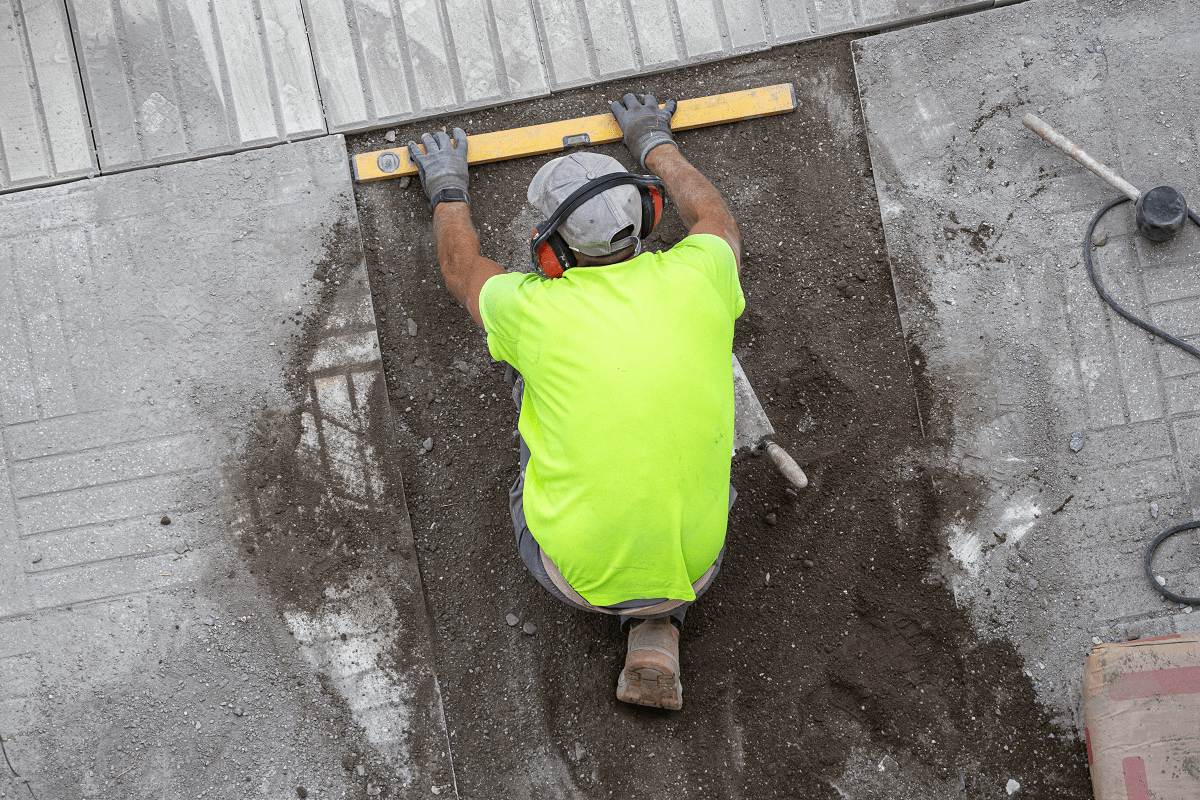One of the most common problems that homeowners face is concrete settling. Over time, concrete can settle or sink into the ground, creating an unsightly and dangerous problem. If you have noticed that your concrete driveway, sidewalk, patio, or other surface is starting to settle, it’s important to take action. Otherwise, the problem will only get worse.
Concrete Raising
Fortunately, there’s a simple solution to this problem: concrete raising. Concrete raising is when fresh concrete is injected underneath existing concrete to raise it back up to its original level. It’s a quick, easy, and effective way to fix sinking concrete without having to replace the entire surface.
One of the best ways to improve the curb appeal of your home is to have professional concrete raising done. It can make a big difference in the way your home looks, and it can also add value to your property. But what exactly is professional concrete raising?
Leave it to the Pros
Professional concrete raising is a process that uses hydraulic jacks to raise sunken concrete slabs back to their original position. This can be done for both interior and exterior concrete surfaces, and it can be an effective way to repair damage caused by settling or sinking.
Things to Know
There are a few things you should know before you have professional concrete raising done on your property. First, it’s important to understand that this is not a do-it-yourself project. You’ll need to hire a professional contractor who has experience with this type of work.
Second, you should be prepared for the cost of professional concrete raising. Depending on the size and scope of the project, it can be fairly expensive. But in most cases, the investment is well worth it because of the significant improvement you’ll see in your home’s appearance.
Third, you’ll need to have realistic expectations about the results of professional concrete raising. In most cases, your contractor will be able to raise sunken concrete slabs back to their original elevation. However, there may be some areas where the ground has shifted too much for this to be possible. In these cases, your contractor may recommend other options, such as adding fill material to the area to raise the level of the ground.
Research Your Options
If you’re considering having professional concrete raising done on your property, it’s important to understand all of the aspects of the process before you make a final decision. By doing your research and talking to a few different contractors, you can be sure that you’ll get the best results possible. And in most cases, the investment will be well worth it.
Looking to have professional concrete raising done on your property? Look no further than the experts at Foamworks! We have the experience and knowledge necessary to get the job done right, and we’re always available to answer any questions you may have.
Contact us today to schedule a free consultation, and let us show you how we can improve the look of your home with our professional concrete raising services! So don’t wait.



Recent Comments